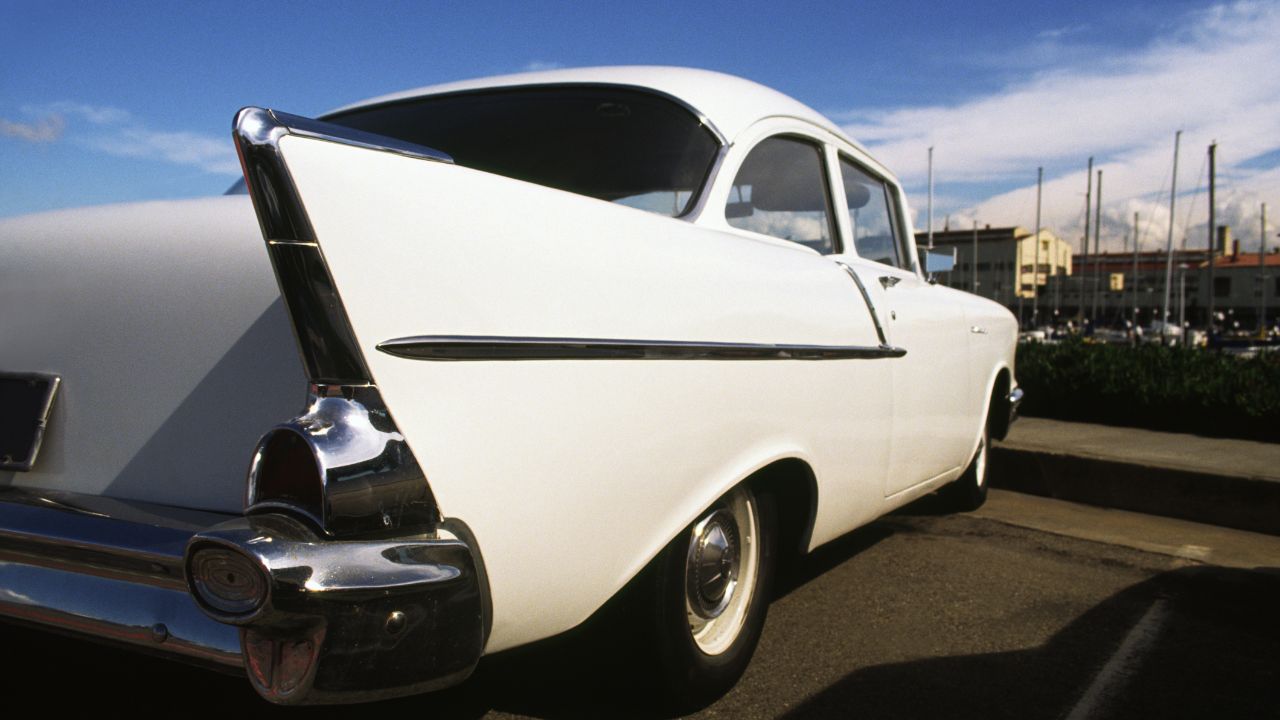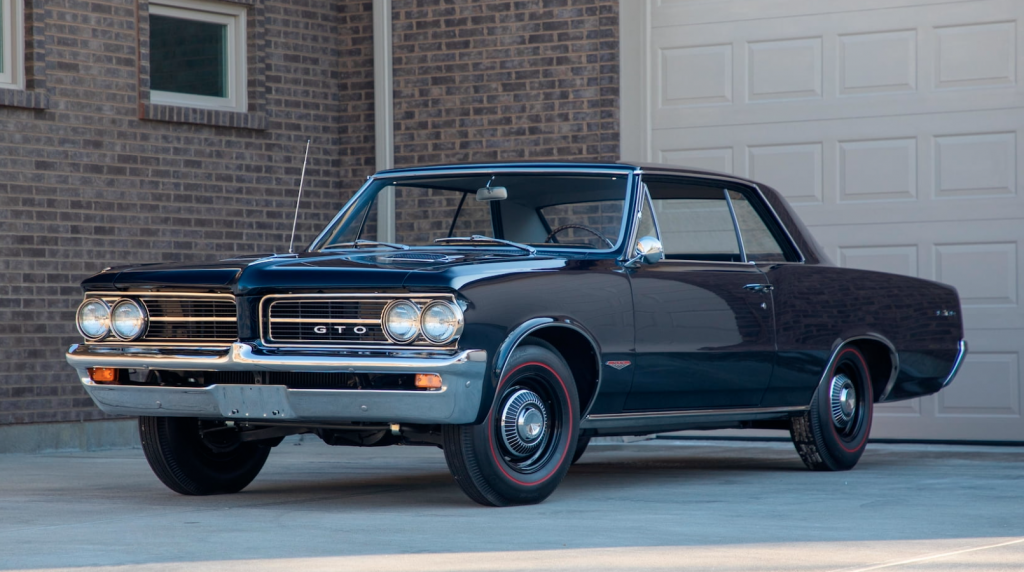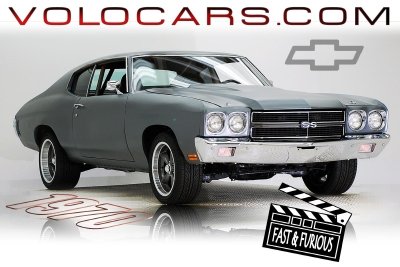
When it comes to finding a classic car, Texas has plenty to offer. Because there are so many classic cars for sale by their owners, a potential buyer will have many options. This increases the chance of finding a car that is truly special. Before buying a classic car, however, it is important to research the taxes, insurance, and other factors that may affect the purchase. Here are some tips to help you find a Texas classic car.
Texas classic car buying
There are many reasons to buy a Texas classic car. According to Texas DMV, there are 187.958 registered antique vehicles. This 27% increase on December 2009. It is important to note that these vehicles aren't practical for everyday driving. Be sure to review the Texas regulations and requirements for antique cars before buying one.

Classic cars generally refer to cars older than 20 year old. The oldest cars are antiques. On the other hand, vintage cars are those that were built between 1919-1930. These cars' classifications vary by state DMVs and insurers, so make sure you check your local laws prior to purchasing. Remember that although it is important to restore a classic vehicle, it is equally important to maintain its original condition. A vintage car can still be modified if you choose to buy it.
Taxes on classic cars
Classic vehicles have a tax rate of 4 percent and are only permitted to be used for pleasure driving and exhibitions. The state requires that they are registered and have a Title. Texas taxes on classic cars are lower than those in other states. The registration fee is usually $10, depending on how old the car is. These vehicles do not have to be registered for any purpose other than exhibition. There are no safety or emissions requirements. To protect their car's value, owners can buy surety bonds.
Texas law requires that a vehicle be at least 25-years old and registered for two reasons. It must be more than 25 years old to register a classic car in Texas. However, registration is not required for the first three year. In Texas, your vehicle must be registered by paying the $10 registration fee. An antique car must be registered in Texas for $10. This is because it can only be driven to special events or exhibitions. Texas also ranks 37th in road safety, meaning that the state has some of the most dangerous roads in the country.
Insurance for classic cars
There are many options when it is time to buy insurance for your classic vehicles. But the coverage you choose will depend on which company you go with. Your driving record and your needs will impact the coverage. Some insurance companies may also restrict the amount of mileage you drive each calendar year. For more information about your particular needs, contact your insurance agent. These are the top tips for buying classic Texas auto insurance.

An agreed value policy is an option that you can consider when shopping around for insurance. An agreed-value policy covers your classic car if it is destroyed in an accident. This coverage is usually better for collector cars than regular vehicles, as they tend to appreciate in price over time. You can get the best deal by choosing a policy that covers the agreed value. However, it is important to be aware that this may not be sufficient. You may want to consider a lower mileage plan if your plan is to keep the car. It will ultimately cost less. You also have the option of a policy that covers any repairs.
FAQ
Is it difficult to find a job as a mechanic in the automotive industry?
It is possible. Many garages list their vacancies online. Many people simply apply for the fun of it. If you want to get your foot in the door, you should try applying for a few places and see if they accept student applications. Another option is to ask family members and friends if anyone works in this industry. They may be happy and willing to recommend someone.
What jobs are available for car mechanics?
For car mechanics, there are three main areas for employment:
-
Automotive repair shops
-
Dealerships
-
Independent garages
Automotive repair shops
This is where most people consider becoming a mechanic. It's also the easiest way you can get started. You have two options: work in an existing shop or open your own.
If you choose to work at a store, you need to join a union. After being accepted into the union, the union will provide training.
Once you complete the training, it's time to get started.
If you decide to open your own garage, you'll need to register with the government. After you have registered, you will need to meet certain standards.
After you register, you will be granted a license for your garage to operate.
You can sell spare parts or do minor repairs with your license. It won't allow you to fix major engine problems.
In addition to selling spare parts, you'll also be expected to offer advice and guidance to customers.
Dealership jobs
Most dealerships employ mechanics who can specialize in a particular area of the car. For example, they might only deal with brakes or only replace tires.
However, dealerships may also employ general mechanics who are able to handle all aspects related to car repairs.
Many of these positions require that applicants undergo training before they are allowed to work. This allows employers to pick the right candidates for their jobs.
Some dealerships recruit students right out of school. These graduates are familiar with the fundamentals of mechanical engineering so they can easily learn about cars.
Independent garages
Independent garages aren't associated with any particular dealership. Instead, they tend to focus on providing high-quality service.
Independent garages have the ability to afford higher wages, as they aren’t associated with any one company. These jobs generally pay better than those at dealerships.
However, independent garages may not be better places to work. Many business owners prefer to own their businesses and not delegate the responsibility to others.
You may find yourself working for long hours and not having control over the day.
You should also expect to earn lower wages than if you were employed at a dealership.
There are many jobs that can be switched between. It is possible to switch between different types of jobs if your current employer would prefer you to work at a dealer.
Alternatively, if you'd like to work at an independent garage, then you could try applying directly to the owner of the garage.
It's not always easy to find a job. There are plenty of other factors that influence how much you earn.
You might also consider the vehicle type you repair, and whether extra labor is charged.
Does it matter what college I go to?
Not really. There are no differences between colleges when it comes to getting into the automotive industry. You will find that some schools offer better programs than others. If you are looking for something more specific, consider going to another school.
How can I prepare myself for a mechanic apprenticeship
It is important to have an understanding of what you are going into. Understanding the mechanics and working of cars is essential. This way, you know where to start when you go on your first day at the garage.
It is also important to be able to fix small problems like broken lights or tires.
These lessons will help you to identify and fix problems.
It is also important to know how the different pieces fit together in order to put them together again.
And finally, you must know how to use tools safely and efficiently.
These are all things that will make you a competent mechanic.
Statistics
- Apprentice mechanics earn significantly less hourly than mechanics who have completed training, with a median wage of approximately $14.50 an hour, according to PayScale. (jobhero.com)
- According to the BLS, total auto technician employment is expected to exceed 705,000 by 2030. (uti.edu)
- 52% of Mechanics in the United States think their salaries are enough for the cost of living in their area. (indeed.com)
External Links
How To
How to properly diagnose your vehicle for repair
You should first examine the symptoms your car is showing to determine if it requires repairs. You can then follow these steps for a proper diagnosis of your vehicle.
-
Check engine lights. Make sure to check all dashboard indicators like the engine light indicator (oil pressure gauge), the battery indicator (battery light indicator), and the RPM indicator (rpm gauge). It could indicate that your vehicle is having problems.
-
Pay attention to the treads on your tires. If the tires are worn out, they could cause problems with handling and braking. It is also important to inspect the wheel treads. They should be smooth and clean. This can be done by removing the wheels from the vehicle and taking them off. You can check the tread wear with a flashlight.
-
Monitor the level and consistency of your brake fluid. You must keep track on the level of brake fluid in your vehicle. This will ensure that your brakes run smoothly. If your brake fluid level is low they might not work properly when you apply pressure.
-
The suspension system should be tested. A suspension system is designed to absorb vibrations and shocks. This suspension system provides greater control and smoother acceleration and deceleration. Your vehicle might feel wobbly, or shake uncontrollably if it has a bad suspension. Try putting some weight on your front or rear axle to determine if you have a suspension problem.
-
Take a look at the steering column. The steering column is used to link the steering wheel with the rest of vehicle's components. The steering column can often be damaged by an accident. Replace it if your steering column feels loose or unsteady.
-
Pay close attention to the exhaust tube. The exhaust pipes are responsible for moving gases from the combustion chamber into the atmosphere. You can let harmful fumes into your home if your exhaust pipes crack or leak. If your tailpipe bends, it is important to fix it immediately.
-
Look under the hood. If you see anything unusual, take a look under the hood. You could have fluids leaking from the engine. If you smell something strange coming from your engine compartment you should call a professional technician.
-
It is important to inspect the air filter. The outside environment can collect dust and other debris in your vehicle's air filters. A dirty air filter causes your vehicle to run poorly. Replace your air filter regularly.
-
Verify the fan belt. Your vehicle's fanbel is what connects the engine and the transmission. If the fan belt is damaged, the engine won’t turn. The process of replacing the belt is straightforward. You will need a screwdriver, pliers and a pair of pliers.
-
You should inspect the radiator and hoses. The radiator hose is used to carry water from the radiator to your engine. It can cause hot liquid to leak onto the engine if it is damaged or cracked. To repair the leaky hose, all you need is a pair if needle-nosepliers.
-
The windshield wipers should be checked. Windshield wipers use electricity to remove snow and rain. If they stop working, streaks could be left on your glass. Simply change the washer oil to fix the problem.
-
Check the battery cables. The batteries provide power to the electrical systems within your car. If you are replacing batteries, disconnect the negative cord first. Failure to do so can damage your alternator.
-
Pay attention to your headlights. Headlights are used to illuminate the road ahead. If they don't work properly, it can cause poor visibility. You can check the bulbs to make sure they aren't burned out.
-
Be sure to check the lights. You can warn other drivers if you approach them at night. You could be distracted and cause an accident if one does not work.
-
Check your brakes. Brakes slow down your vehicle before a collision. You may lose control of your vehicle and crash if the brakes don't function properly.
-
Make sure to change the oil. Your engine will stay lubricated by the oil. It protects metal parts and prevents them from wearing too quickly. It is recommended to change the oil each month.